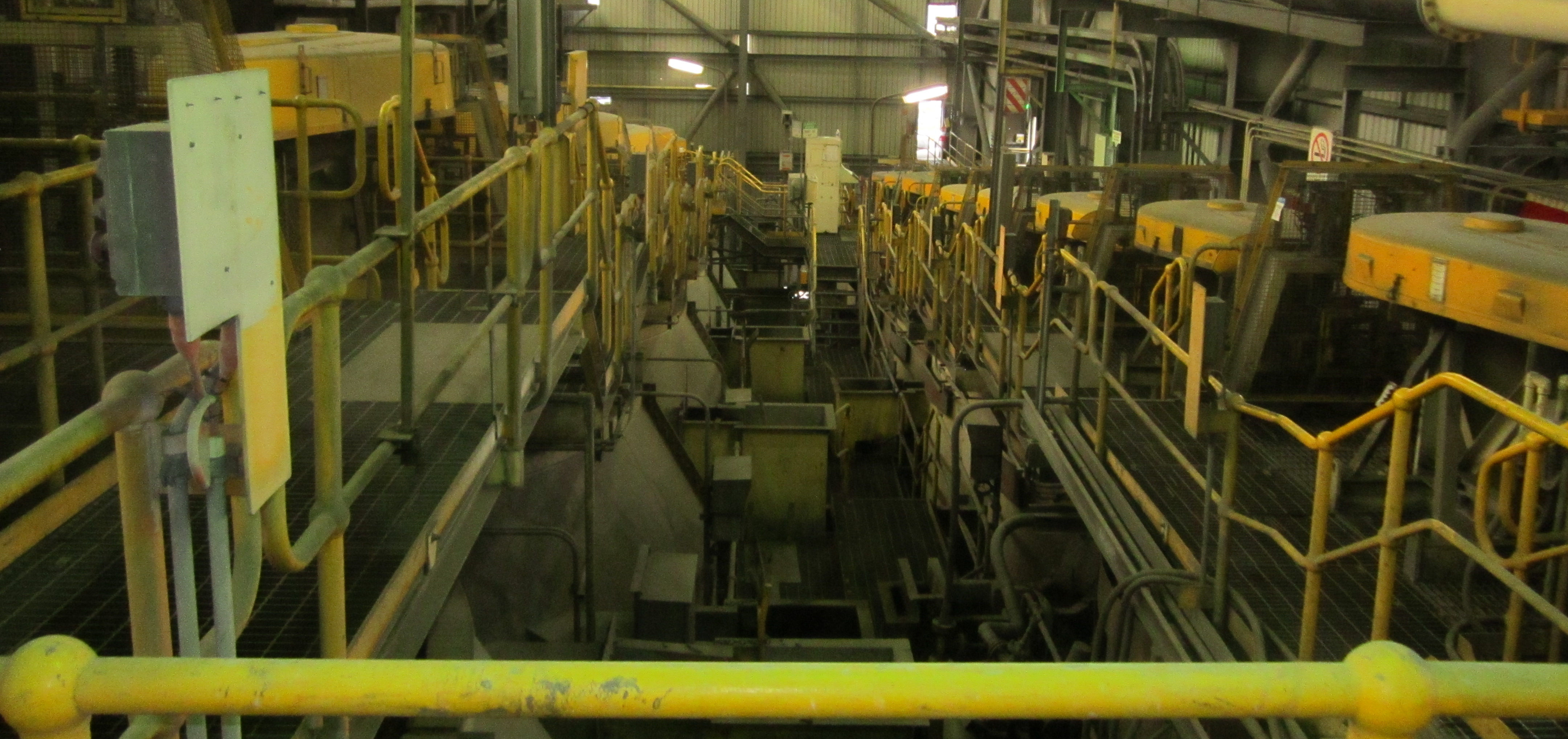P260G - Flotation

Value
AUD $1,400,000
Commencement Date
September 2014
Duration
4 years
Program Manager
Chris Ward
Research Providers
Ian Wark Research Institute (IWRI); University of South Australia
Sponsors
Glencore Technology; Magotteaux Australia Pty Ltd; Newcrest Mining Limited; Outotec SEAP; Votorantim Metais
PROJECT SUMMARY
AMIRA P260G Flotation Project commenced in September 2014 and is the 7th extension project of the P260 series of projects, the pre-eminent global flotation research program. The principal focus of the P260 series of projects has been to develop tools and methodologies to improve understanding of factors which control the separation efficiency of minerals in the flotation process. Importantly for sponsoring companies, the P260 series of projects has addressed problems related to site and ore specific characteristics at over 30 different sites world-wide.The recently commenced P260G project is a 4 year program made up of a series of industry relevant Technical Challenge projects sitting within various topics that have been identified in close consultation with sponsors. These projects are designed to improve the recovery and value of target metals during flotation to make current operations and development projects return greater value to their owners and shareholders
HIGHLIGHTS/DELIVERABLES/ADDITIONS
The AMIRA P260 projects have delivered significant returns to its sponsors over the years and an independent assessment by RMDSTEM Ltd reported that the net value of AMIRA P260 to sponsors of the AMIRA P260 project has exceeded AUD1 billion by 2012 alone. This success, and continued industry support of P260, has been due to the projects' blend of strong, fundamentals and real world, mineral processing engineering. These have been applied to building understanding of flotation processes, mineral behaviour, and to addressing ore- and site-specific sponsor process issues. Over the last 26 years, a series of AMIRA P260 mineral flotation projects conducted by the Ian Wark Research Institute (IWRI) at the University of South Australia have considerably advanced the understanding of flotation. Those projects have also provided sponsor companies with advice on improvements that have yielded improved concentrator performance challenged by variability in their feed ore characteristics. While P260G Flotation has been in progress for less than a year the research team has already improved the economics of a silver recovery process from the tailings at Tres Marias in Brazil and has gained early valuable insights for the case studies sponsored by specific companies in the consortium on the effects of grinding media debris and copper and gold flotation kinetics. The data gathered and insights gained are expected to lead to valuable sponsor outcomes as the project progresses for a further 3 years. Depending on the level of success of securing further leverage funds the project also has the objective of delivering further insights and data from case studies and collaborations focussed on:
- Coarse and coarse composite flotation, including fluidised-bed technology (Hydrofloat), for maximising value recovery, early rejection of gangue and reduced collector consumption and coarse primary grind optimisation for minimisation of energy usage.
- Methods to enhance selectivity against sulphide and non-sulphide gangue minerals, including depression of activated iron sulphides, and dispersion and depression of siliceous gangue minerals.
- Methods to increase recovery of fine value mineral particles including optimising oxidation product removal, grinding chemistry, and dispersion of fine particles.
- Methods of mitigating the negative impact of high salinity process waters on recovery and grade. The consortium is still open for further sponsors and it is likely that the sponsor group will increase and this will add to the 100 companies that have been involved in AMIRA P260 over the last 26 years and approximately 100 staff and research students that directly participated in this flagship AMIRA program.